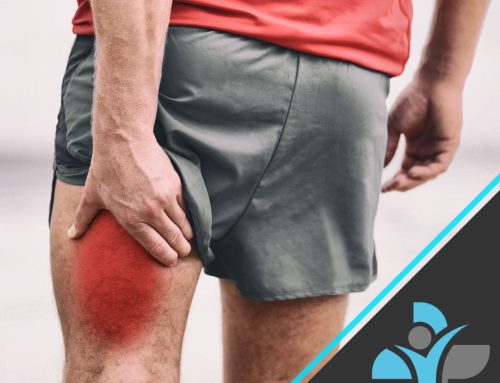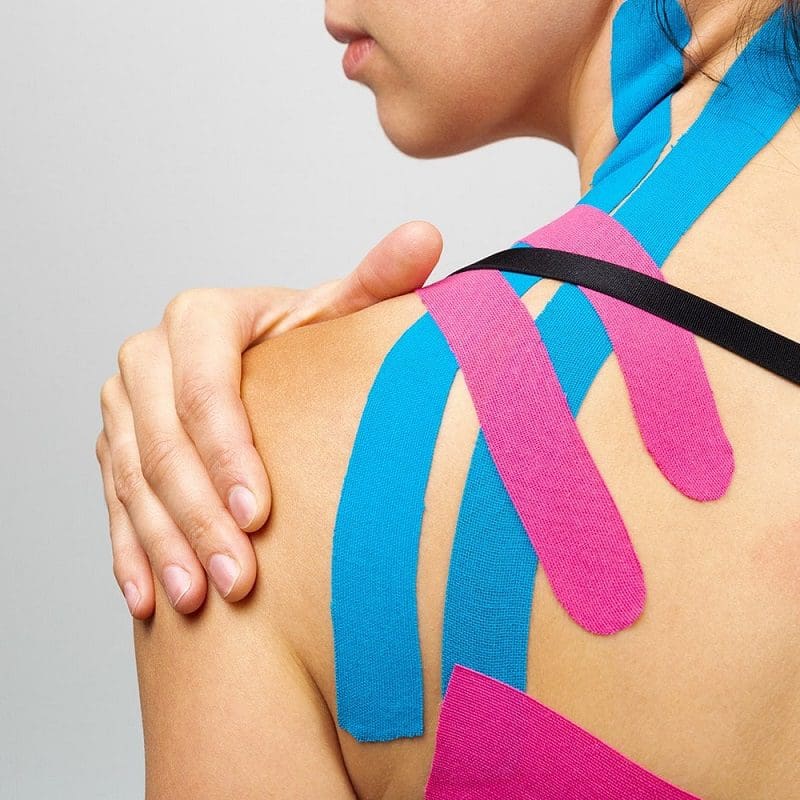
How effective is kinesio taping ? Tips for knees, shoulder, ankles, wrists.
Overview
Kinesio taping is a method of taping the skin to provide support and stability to muscles and joints, while also allowing for full range of motion. The tape is made of flexible, breathable material that stretches and moves with the skin. It is applied in specific patterns depending on the area of the body being treated.
Kinesio taping is often used to help alleviate pain, reduce inflammation, improve muscle function, and promote healing. It is also used as a preventative measure to improve muscle activation and stability, as well as to support joints during movements. It’s often used to help with conditions such as back pain, knee pain, sprains, strains and sports injuries.
Kinesio therapy is a non-invasive, drug-free method of treatment, and it is generally considered safe for most people. However, it is best to consult with a physical therapist or doctor before using Kinesio taping, as it may not be appropriate for everyone, especially for those with certain skin conditions or allergies.
How effective is Kinesio taping?
Kinesio taping is relatively new method of treatment and research on its effectiveness is still ongoing. Some studies have shown that Kinesio taping can be effective in reducing pain and inflammation, improving muscle function, and promoting healing.
For example, a study published in The Journal of Athletic Training found that Kinesio taping was effective in reducing pain and improving function and reduced pain in people with the patellofemoral pain syndrome.
However, it is important to note that the effectiveness of Kinesio taping can vary depending on the condition being treated and the individual. Some studies have found that Kinesio taping is no more effective than other treatments such as physical therapy or exercise. It is important to note that more research is needed to fully understand the effectiveness of Kinesio taping and to determine the best ways to use it.

Knee Kinesio taping
Injuries in which the Kinesio taping might be helpful:
Patellofemoral pain syndrome:
This condition is characterized by pain in the front of the knee and around the kneecap, often caused by overuse or improper alignment of the kneecap. Kinesio taping can help to stabilize the kneecap and reduce pain.
Anterior cruciate ligament injuries (ACL):
The ACL is a ligament that helps to stabilize the knee. Injuries to the ACL can cause pain, instability, and difficult walking. Kinesio taping can help to provide support and stability to the knee joint following and ACL injury.
Meniscus injuries:
The meniscus is a piece of cartilage that helps the cushion the knee joint. Injuries to the meniscus can cause pain, swelling, and difficulty walking. Kinesio taping can help to support and stabilize the knee joint following a meniscus injury.
Osteoarthritis:
This degenerative condition that causes pain and stiffness in the knee joint. Kinesio taping can help to reduce pain and improve function in individuals with knee osteoarthritis.
Patellar tendonitis:
This overuse injury that causes pain and inflammation in the tendon that connects the kneecap to the shin bone. Kinesio taping can help to reduce pain and improve function in individuals with patellar tendonitis.
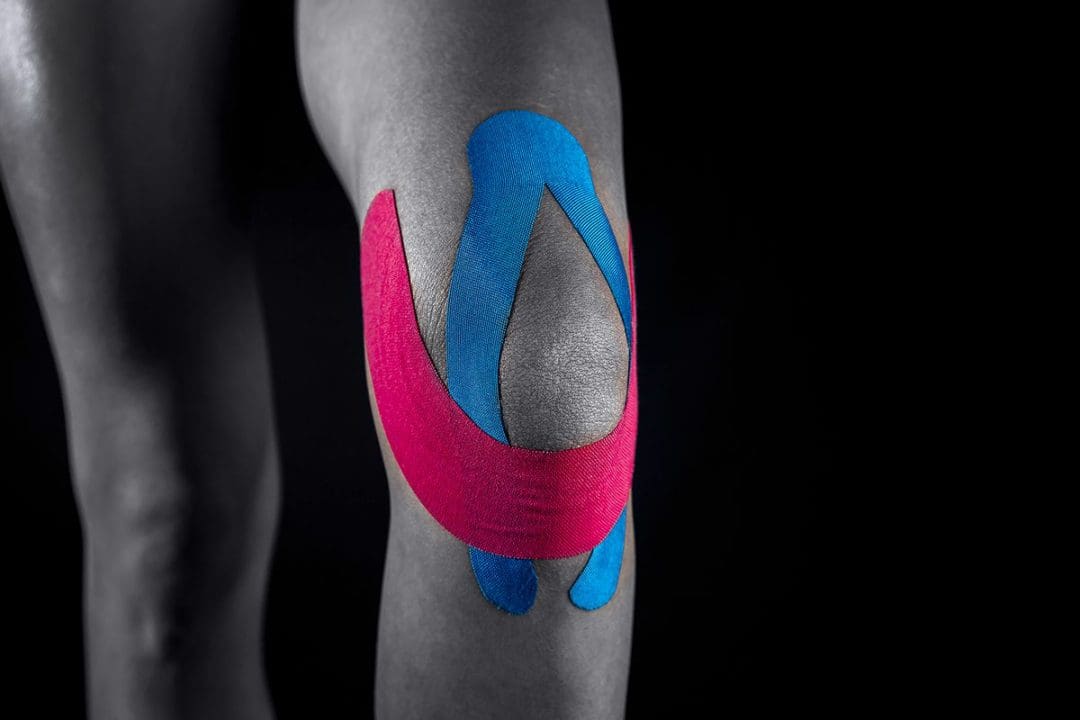
Ankle Kinesio Taping
Sprains:
Kinesio taping can be used to support the ankle during the healing process and reduce swelling and pain.
Tendinitis:
Taping can be used to support the tendons and reduce stress on the area.
Plantar fasciitis:
Taping can be used to provide support for the foot and help reduce pain and inflammation in the heel.
Ankle instability:
Taping can be used to provide support and help stabilize the ankle joint, which can reduce the risk of reinjury.
Overuse injuries:
Taping can be used to support the muscles and tendons of the ankle and reduce the risk of overuse injuries such as stress fractures.
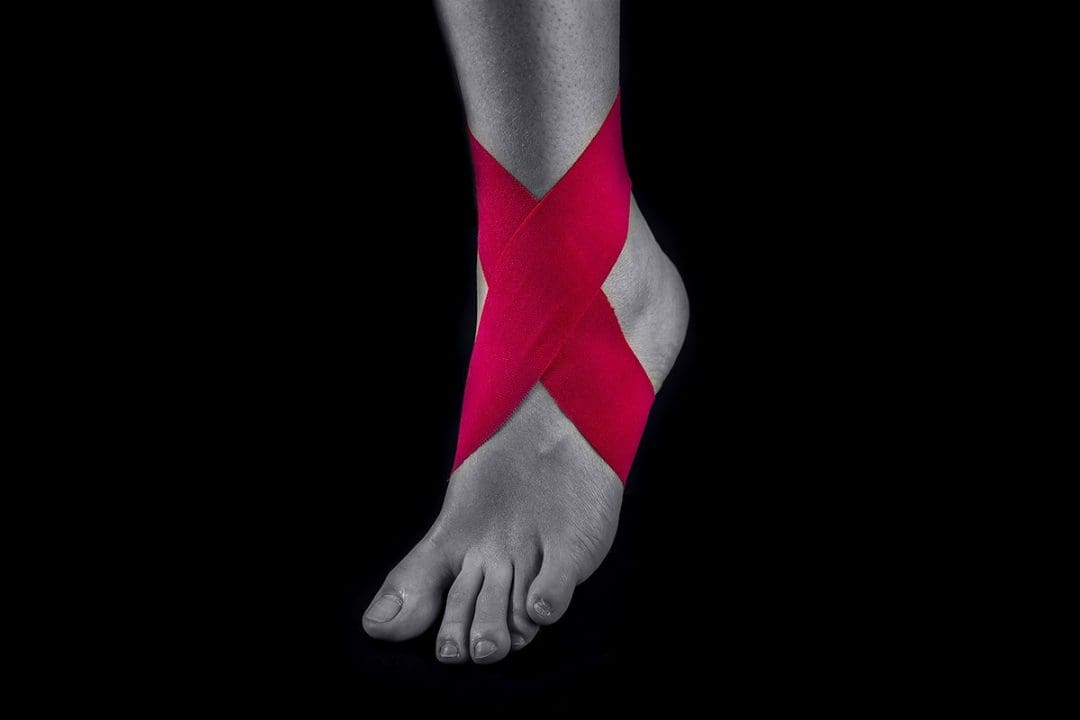
Shoulder Kinesio Taping
Rotator cuff strains and tears:
Kinesio taping can provide support and stability to the rotator cuff muscles, helping to reduce pain and inflammation while promoting healing.
Shoulder Impingement:
Kinesio taping can help to correct muscle imbalances and improve posture, which can help to reduce the risk of shoulder impingements.
Frozen shoulder (Adhesive capsulitis):
Kinesio taping can improve range of motion and reduce pain during the frozen stage of the condition.
Dislocated shoulder:
Kinesio taping can provide support and stability to the shoulder joint, helping to reduce the risk of further dislocations.
Tendinitis:
Kinesio taping can help to reduce pain and inflammation and promote healing of the tendons.
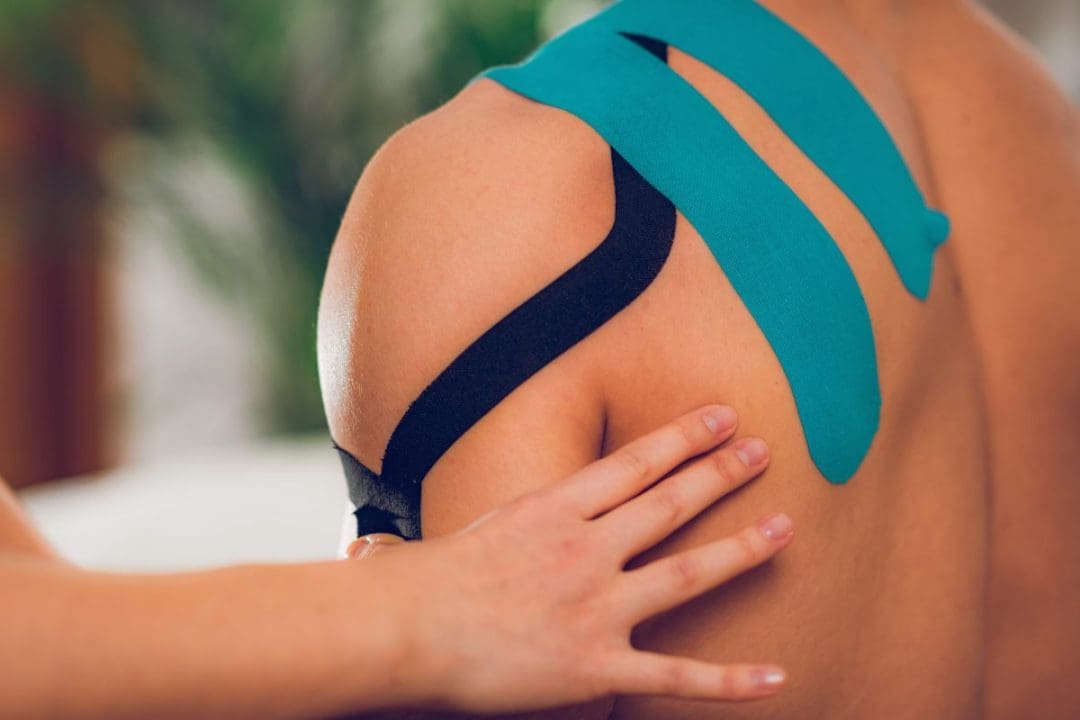
Wrist Kinesio Taping
Carpal Tunnel syndrome:
Taping can be used to provide support for the median nerve and help reduce pain and inflammation in the wrist.
Wrist instability:
Taping can be used to provide support and help stabilize the wrist joint, which can reduce the risk of reinjury.
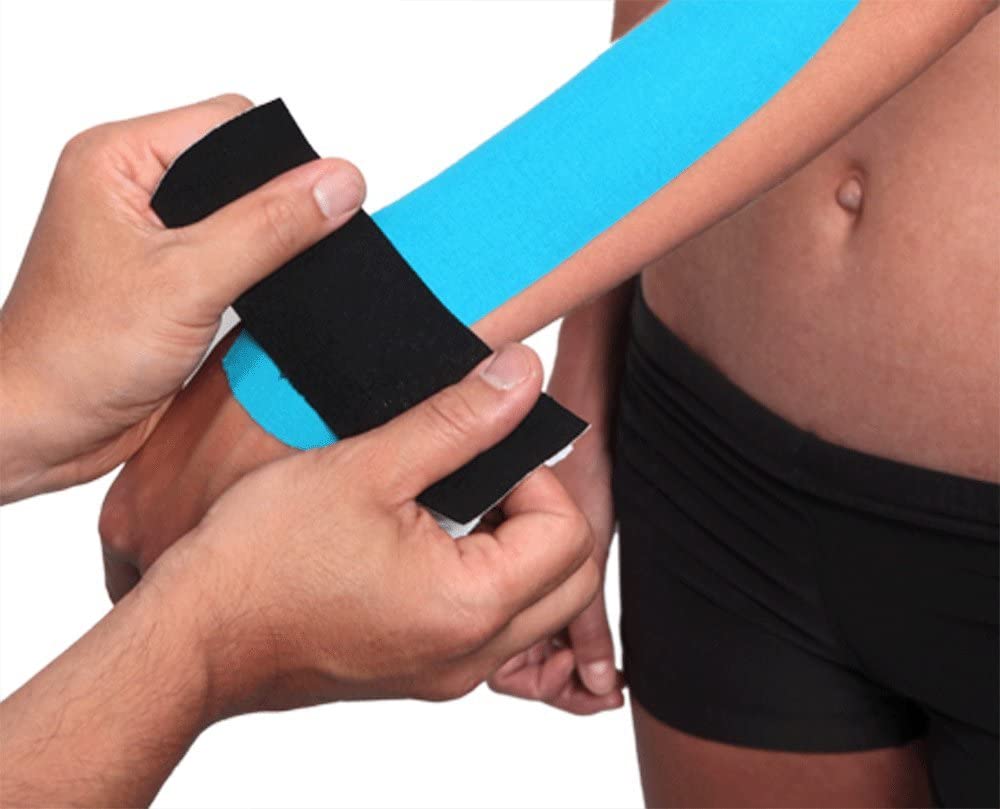
Get in touch
If you believe that you could benefit from some Kinesio Taping then please get in touch today to book an appointment with one of our kinesio taping experts!
tel: 0330 043 2501 or via email on: info@livewellhealth.co.uk



